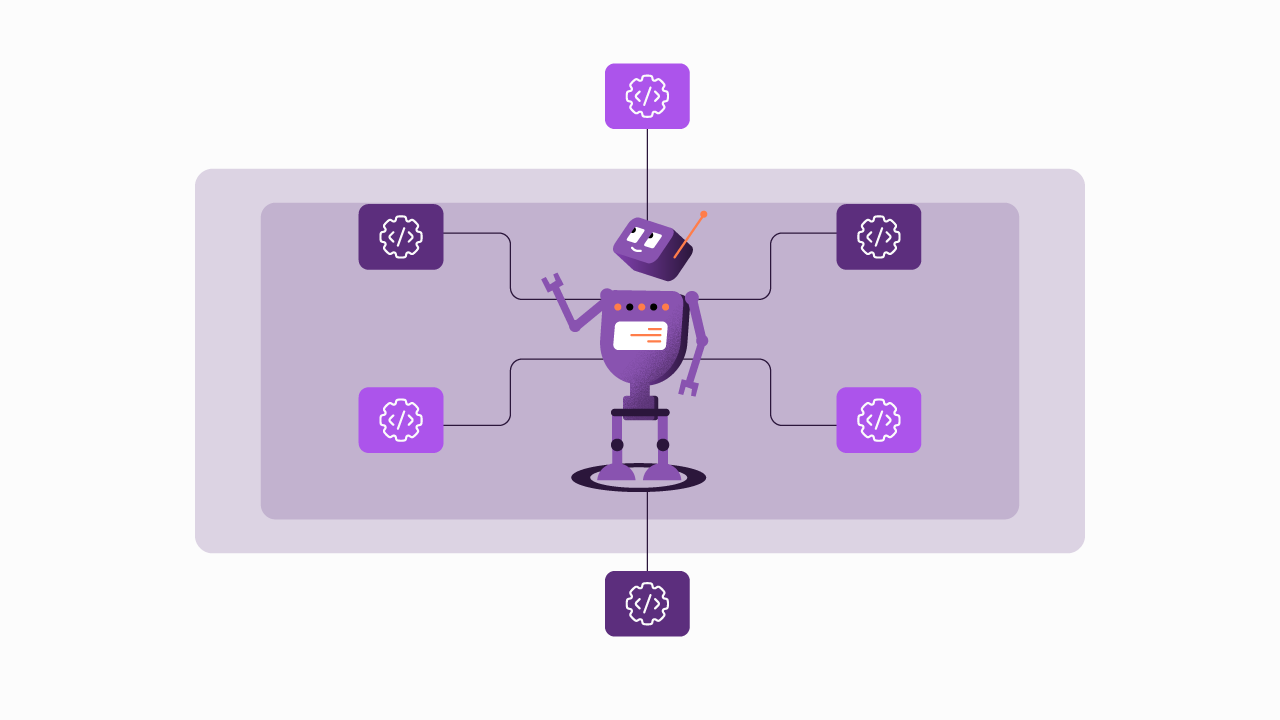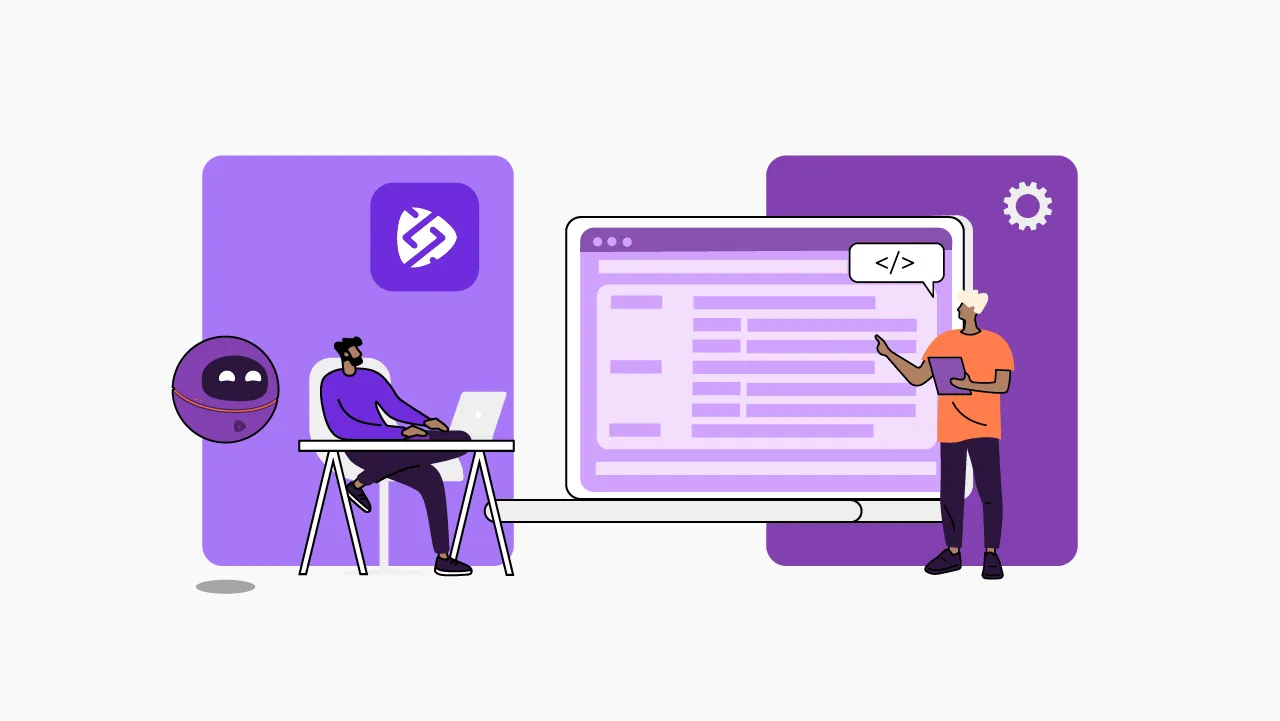Three Pillars of a Strong API Economy: Efficiency, Profitability, and Compliance
How Your Business Can Prosper with a Strong API Strategy
We invited our head of US Solutions, Filipe Torqueto, and our head of Open Finance, Natalia Cruz, to sit down with Localight Founder and CEO DW Ferrell to talk about the API economy, something businesses of all sizes must grasp. Here are some of the highlights from this discussion.
APIs are the glue to everything digital
Founders and innovative businesses face challenges from a development and business angle on incorporating the right API strategy to achieve their business goals. Questions about how APIs can decrease costs and open up new markets are top of mind when starting strategy conversations. One question that needs to be asked early is: who should we partner with to create the strongest API strategy? Many leaders have a hard time finding the right fit for a partner, so they decide on a DIY approach. Doing it yourself can sometimes work, but it's not always the best idea, so it's important to do some research before making that decision. Find out who has experience with what you need and explore whether you can bring your ideas to life by creating new APIs or using existing ones that already work for your needs.
Choosing the right partner to create the best API strategy for your business should happen early in innovation. There are many options; the right one for your company involves careful evaluation.
What makes the best API strategy partner?
Your API strategy partner needs to work alongside your business with a clear understanding of your project design, possible scenarios, end goals, and business objectives. They must provide your organization with a strategy and platform that maximizes security, ensures compliance, and thoroughly monitors every stage of the processes.
APIs make business goals attainable, but the configurations and possibilities surrounding their use for success can be overwhelming. Start with the business objectives and work with your API platform provider to navigate a solid API strategy to support and scale your business.
A successful API strategy can amplify revenue generation
DW Ferrell shares a great example of APIs helping smaller companies with his experience founding Localight, a fintech company serving independent businesses. His company has partnerships with payment processors Mastercard, VISA, and American Express, requiring their services to be PCI-compliant. Internally, building and maintaining a PCI-compliant API and required compliance staff would have cost the company nearly the total amount of capital it initially raised. In addition, Localight financially links independent businesses, consumers, community banks, and credit unions. The complex integration between parties requires API expertise and the right platform.
Ferrell shares, "If we had put $250,000 toward a PCI-compliant API to partner with the likes of the card networks, it would be a non-starter. We'd have no money left to put towards staff or developing what is uniquely ours. And so to be able to get up and running is democratizing not only for us but also for who we're serving. We're providing a service that intends to level the playing field in payments for small businesses, and that has a democratizing effect. And so, to do something that is at once disruptive but also complimentary to partners, you have to work that out. And APIs are the language of that partnership."
Conversations become richer when partnerships ask the right questions. They can bring new insight and open doors to opportunities within the business problem you want to solve. Partners may have ideas or services that allow for new revenue streams. Discuss how proper API strategy for projects combined with a partner's expertise can help uncover more opportunities for the business.
Embedded businesses drive efficiencies, increase profitability, and simplify compliance
What is embedded business? Ferrell sums it up, "This is all technical speak for 'put our company in your business model,' or as a white label, we're gonna power your business model."
Localight serves credit unions working to connect their app, their members, and local independent businesses. Banking apps make sense to check account balances and transfer funds. What if credit union members could use their banking app to pay for a veterinarian visit or purchase a gift at a local merchant? Many credit unions lack the in-house resources to create sophisticated apps to do everything. Compliance is critical. That's when it makes more sense to embed the banking services in other apps and marketplaces. Localight showcases the financial institutions it works with within its app and does so quickly and securely. That's an embedded strategy. Ferrell calls it "the Zelle for shopping local." The way to create connected services and generate profits within Localight's app is through APIs.
Torqueto shares how business profitability and compliance goals are intertwined with API strategy and gives an example, "I want to travel. I don't want to go to a website to purchase the ticket, then another to purchase the hotel, and yet another to purchase the insurance. I want a single experience. I want to travel. The same goes for the car retailer. I want to buy a car. I don't want the hassle of going somewhere else to purchase the insurance or to grab a loan." Embedded business allows seamless experiences for consumers, and those experiences increase ROI.
He also explains how businesses can discover new use cases for their service and gives the example of Cielo’s POS, Cielo Lio, a restaurant POS now being used for church donations. The developers of the POS probably never considered church donations as a revenue stream when creating and considering the use of their technology. Still, once an application is developed, API strategy provides nearly limitless possibilities to embed the application for new business uses. He shares, "Embedded business is flexible, it's easy to use. This is the way that we do business today."
Ferrell adds, "It's typically the assumption that (embedded business) is very complex. There's a lot that can hinder that conversation and trying to talk about partnerships, and the gap between complexity and simplicity is design. And design in service of humans. Specifically, how do we design great experiences? Take that complexity, and through APIs, we can focus on the experience of who we're serving so that the technology hopefully melts away."
APIs represent the opportunity for design to solve the complexity of embedded finance and make it accessible, simple, and more equitable. Ferrell continues, "And that allows for all sorts of ways for your model to be in our business or our business to be in your model, in working out partnerships and tapping into marketplaces." More agile solutions through API strategy drive new revenue streams and encourage innovation.
Legacy Doesn't Have to Stop Embedded Strategy and Stifle Profits
About 60% of organizations face or are dealing with legacy systems issues and how to get legacy data flowing with partners. Legacy platforms were never intended to be accessible outside of a server room, and now the world is partnering through the cloud, making these platforms inefficient. Cloud migration processes and exposed APIs built without modern security features make businesses vulnerable and can cause compliance issues. New layers of API strategy are required to ensure data remains secure. Natalia Cruz, who works with open finance organizations and understands their unique API security and compliance requirements, says, "It's now possible to automate security processes and also create policies to guarantee that security standards will be followed." Legacy doesn't have to be a barrier, and having experts guide and implement your API strategy can unlock data much more safely now.
One of the biggest myths surrounding application modernization is that legacy systems must be completely dismantled to modernize architecture. This belief can be overwhelming for companies and cause them to stop innovating and connecting, not wanting to take on such a major challenge. Rest assured, many solutions already exist to unlock legacy data beyond taking down the entire system. Don't overlook short-term solutions to problems in favor of completely overhauling the system. APIs can solve specific security and compliance challenges without a whole system overhaul, and with the right API partner, organizations can now overcome these challenges with sustainable and scalable solutions.
Ferrell recommends isolating concerns and tackling one issue at a time. He explains, "An enterprise can test something out, do that transformation just in one use case, and then see the results. Was it worth it? Is it now lowering the staff cost, allowing for the staff to be more productive in other areas because something is automated? And now you have the business or internal case to go to two or four and grow. It isn't an all-or-none scenario from the enterprise level." Unlocking legacy systems through APIs is possible and can be done in stages. Even small steps to become more open and connected can yield a better return on investments and increase staff productivity and customer satisfaction.
Partner Ecosystems Offer Big Opportunities
Cross-border payments are a great example of how partner ecosystems change how we connect. Historically, moving funds from one country's currency to another to purchase goods or services carries a tremendous amount of intermediary fees. This process is ripe for disruption, and we're already seeing financial institutions and payment fintechs uncovering new solutions that leave out intermediaries and save global consumers time and money. Torqueto shares, "Rapidly exchanging funds via cell phones was unimaginable five years ago, and we are moving towards a market disruption to exchange money between different countries on a cell phone instantly." Developments in API strategy, along with new, open regulations from progressive countries, are making cross-border payments simpler.
Partner ecosystems are synonymous with API strategy. Some companies are closing brick-and-mortar locations to move to cloud services, serving current customers more cost-effectively and reaching new customer bases. Conversely, companies like Localight are using APIs to provide financial opportunities, only previously available to large corporations, to independent businesses serving local communities. All of these partnerships increase profitability and business efficiency.
APIs can speed up business processes within partner ecosystems. Cruz shares how Brazilian insurer Pottencial drastically shortened partner onboarding time and increased operational efficiency by modernizing its API strategy, "Pottencial was struggling with organizing its API catalog so its products could be used by different partners, different brokers. The company also wanted to scale the business. So, it used the developer portal strategy to organize the API catalog to make the API documentation available and accelerate the usage of those APIs. Using a partner portal enabled Pottencial to accelerate partner onboarding from three months to 20 days, optimizing policy issuance times by 52%. Pottencial’s total number of partners increased by more than eight times in 18 months."
Efficiency opportunities like Pottencial's are a reality in all types of businesses when they modernize API strategy and platforms.
Ferrell adds, "Every enterprise should have a developer portal, hands down." He explains that having a developer portal maximizes the ability for businesses to connect and scale.
APIs are the future of business.
They are used for nearly every function to connect us, keep us secure, and allow us to run organizations more profitably, securely, and efficiently. If your organization is ready to use an API strategy to propel forward, reach out to our team at Sensedia to learn how we can help you get where you want to go safely for less time and less money.
Begin your API journey with Sensedia
Hop on our kombi bus and let us guide you on an exciting journey to unleash the full power of APIs and modern integrations.
Related content
Check out the content produced by our team.
Embrace an architecture that is agile, scalable, and integrated
Accelerate the delivery of your digital initiatives through less complex and more efficient APIs, microservices, and Integrations that drive your business forward.





.svg)




.png)

